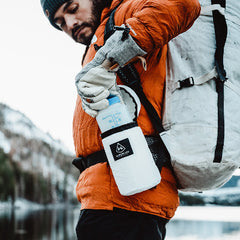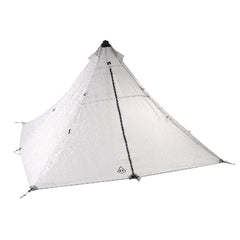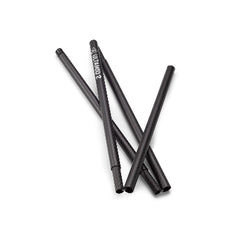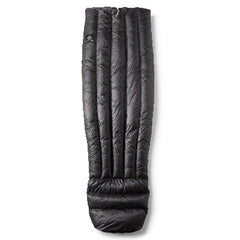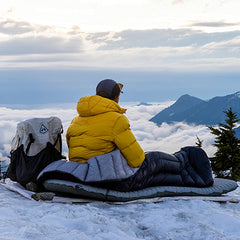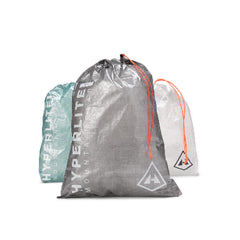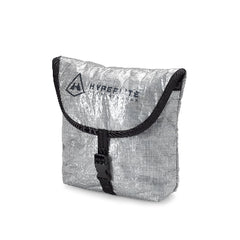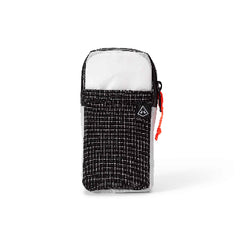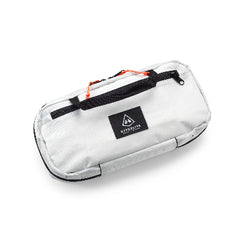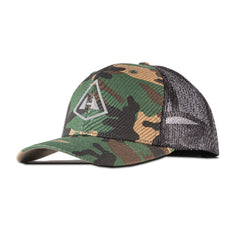After another year of backpacking, I've drifted towards a new reality...I'm not satisfied. Perhaps I didn't get out as much as I'd have liked, but the reality is the sun is pretty much gone for the next half a year, and I just can't settle for the wait. I ski, ski tour, and mountaineer to stay busy through the colder months, but I think this year is the first I'll be pursuing major snow camping ambitions.

Moments like the above are gone, and the ground is turning into a wet, cold mess. So how do you handle the transition? I've backpacked many times in the rain, but what procedures should I be practicing to start camping on the snow? Do people recommend digging motes, pitching my ultamid any different, using any specific mats, etc...? I'm eager to get out, get cold, and learn the hard way. However, I'm also eager to see if I can skip out on any obvious mishaps through this community's hive mind for outdoors information.

Lay it all on me! I'm open to trying new gear, going to new places, etc... I'll always be most stoked if I can end up on a mountain, so the goal is to build my kit/ambitions tough! Also very open to routes/locations people are keen on here. I'll be in Washington for the next year, and the further I can get into the mountains, the better!
Winter camping is the best! No bugs, no bears, no snakes, no dirt, and all the building material you could want for the perfect snow shelter!
Stoked for your new pursuits! I'm currently a desert dweller, so I don't have much recent experience, but I've got feedback based on winter camping trips with Boy Scouts growing up in Wisconsin, and a NOLS semester in Patagonia.
* Snow is obviously cold, but it's also very wet. I have forgotten (and been reminded) many times that staying dry and getting dry in the snow is a challenge. Removing layers while you are moving in order to help minimize sweating will help keep you hydrated, and warmer once you stop moving and begin to cool down.
* Snow is also an excellent insulator, for temperature, light, and sound. I recommend doing some research on quinzees, which can be both quiet and shockingly warm (in the 20s) even if the outside temperatures dip below zero.
* Wall thickness for quinzees is important for stability, but a crucial detail to maintain heat within the structure is to have the door be as low as possible, and then to crawl UP into your sleeping space. This will ensure that when the warm air rises, it's trapped inside, and doesn't escape through an elevated exit. For the best weather proofing, fill a trash bag with snow, and pull that in after yourself as a door.
* You will still want a small hole for ventilation.
* Quinzees are great, but they are also time-consuming and exhausting to build, so probably more practical as a base-camp shelter as opposed to a backpacking option. If you're in a tent, it may snow, and then you'll have to clear the snow off to prevent collapse, suffocation, etc. As much as you want to, DO NOT USE A SHOVEL. You'll think you are being gentle, but you will almost undoubtedly rip or tear your tent fabric, and then you'll have a whole new set of issues to deal with. Use a gloved hand / arm.
* A 20º bag with a Z-rest is not enough to keep me warm when I'm sleeping on snow, even if temps are only in the 20s. I would use a warmer bag and/or an additional inflatable pad ON TOP of my closed to cell foam pad so my therms stay as close to my body as possible. But I would be very open to hearing different options that work for other people.
* PSA: to get the º symbol, type opt+0 (zero) on a mac or alt+0176 on a PC.
* Peeing in the snow in the middle of the night is not fun. Some other options include:
- Neoprene "pee booties" - ankle height will get the job done, are lighter than calf length, and easier to get on and off. The weight penalty is worth avoiding freezing your feet in the snow, or trying to don frozen boots in the middle of the night.
- A WIDE MOUTHED pee bottle that you can use in the tent, and then pour out into the snow in the morning
- I know of some real pros who have been able to use the pee bottle in their sleeping bags, while lying down, without spilling a drop. Something to shoot for, but maybe not something to attempt on your first outing.
* A snickers bar in your sleeping bag is good fuel to help keep the internal furnace running in the middle of the night. Sit ups will also work.
I hope this is all helpful! I'm looking forward to reading additional tips from other people, and hopefully some sweet photos.

